Not Found
The page you’re looking for has been deleted, or the product you’re searching for is discontinued. Please Contact Us if you’ve any questions. Thanks.
Browse Hottest Products
-
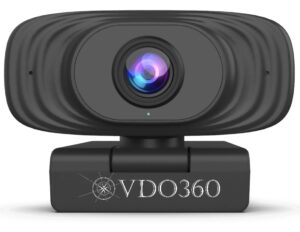
Webcam for Remote and Home Office Users – VDO360 SEEME – 1080p HD USB
$50.00 Supplier: VDO360
-

CEM30 New Brushless DC Motor High Torque Rated Torque 30 Nm CAN BUS
$1,115.00 Supplier: MyActuator
-
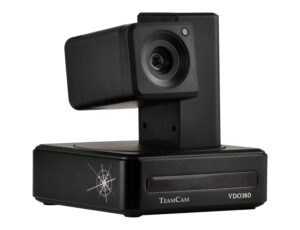
VDO360 TeamCam – HD 3x Digital PTZ USB Camera
Sale! Original price was: $299.00.$225.00Current price is: $225.00. Supplier: VDO360
-
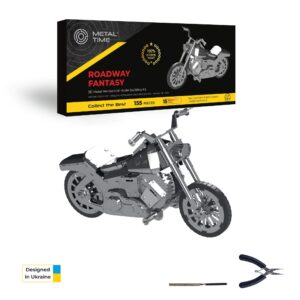
Roadway Fantasy Harley DIY Motorcycle Mechanical Model Kit
Sale! Original price was: $89.00.$69.00Current price is: $69.00. Supplier: Metal-Time
-
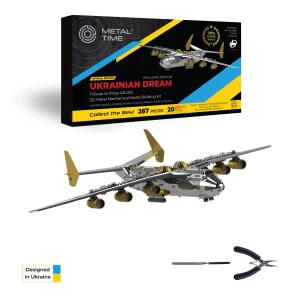
Aircraft Model AN-225 MRIYA – Official Exclusive Edition DIY Kit
Sale! Original price was: $179.00.$129.00Current price is: $129.00. Supplier: Metal-Time
-

DIY Airplane Mechanical Model Official Product
Sale! Original price was: $179.00.$129.00Current price is: $129.00. Supplier: Metal-Time
-
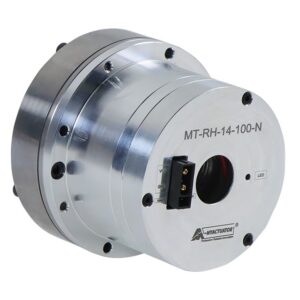
RH Series Standard Type Motor with Integrated Design and Vibration Resistance MT-RH-14-100-N CAN
$730.00 Supplier: MyActuator
-
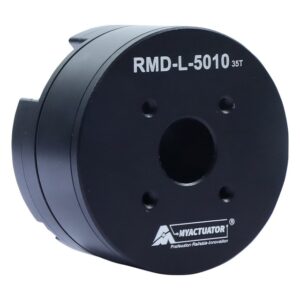
RMD-L-5010-35T Low-Speed High Torque Brushless DC Servo Motor PTZ Robot AGV Cooperative
$75.00 Supplier: MyActuator
-
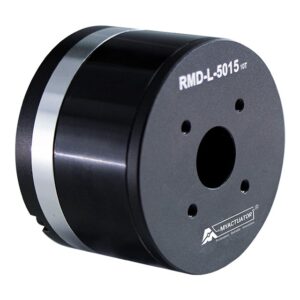
RMD-L-5015-10T 50mm Diameter 24v 0.38N.M 50w 14bit Encoder DC Motor for RC Car Robot Boat CAN BUS
Sale! Original price was: $98.00.$79.00Current price is: $79.00. Supplier: MyActuator
-
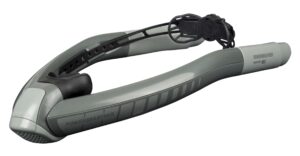
Ameo Underwater Powerbreather
Sale! Original price was: $139.00.$120.00Current price is: $120.00. Supplier: AMEO
-
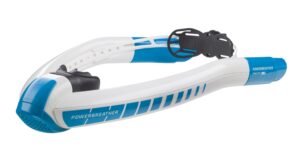
Ameo Underwater Powerbreather Wave
Sale! Original price was: $149.00.$134.00Current price is: $134.00. Supplier: AMEO
-
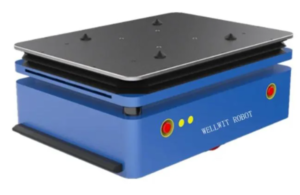
Wellwit 1500kg Load Under Drive Agv Unmanned Automated Guided Carts W1500SL
$28,000.00 Supplier: Wellwit Robotics
-
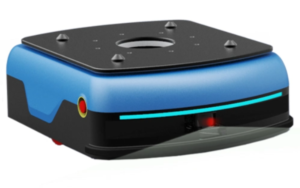
Wellwit OEM ODM Available 500kg Capacity AGV QR Code Navigation Lifting Robot
$12,800.00 Supplier: Wellwit Robotics
-
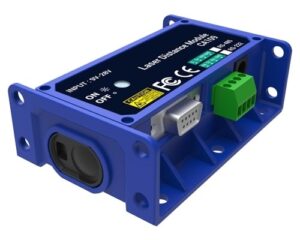
CA109 Laser Distance Sensor RS232
Sale! Original price was: $299.00.$249.00Current price is: $249.00. Supplier: Precaster
-
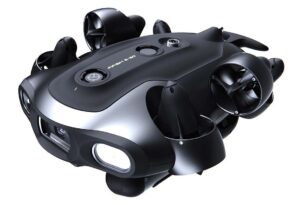
FIFISH E-GO E100 Underwater Robot
$6,499.00 Supplier: Qysea




